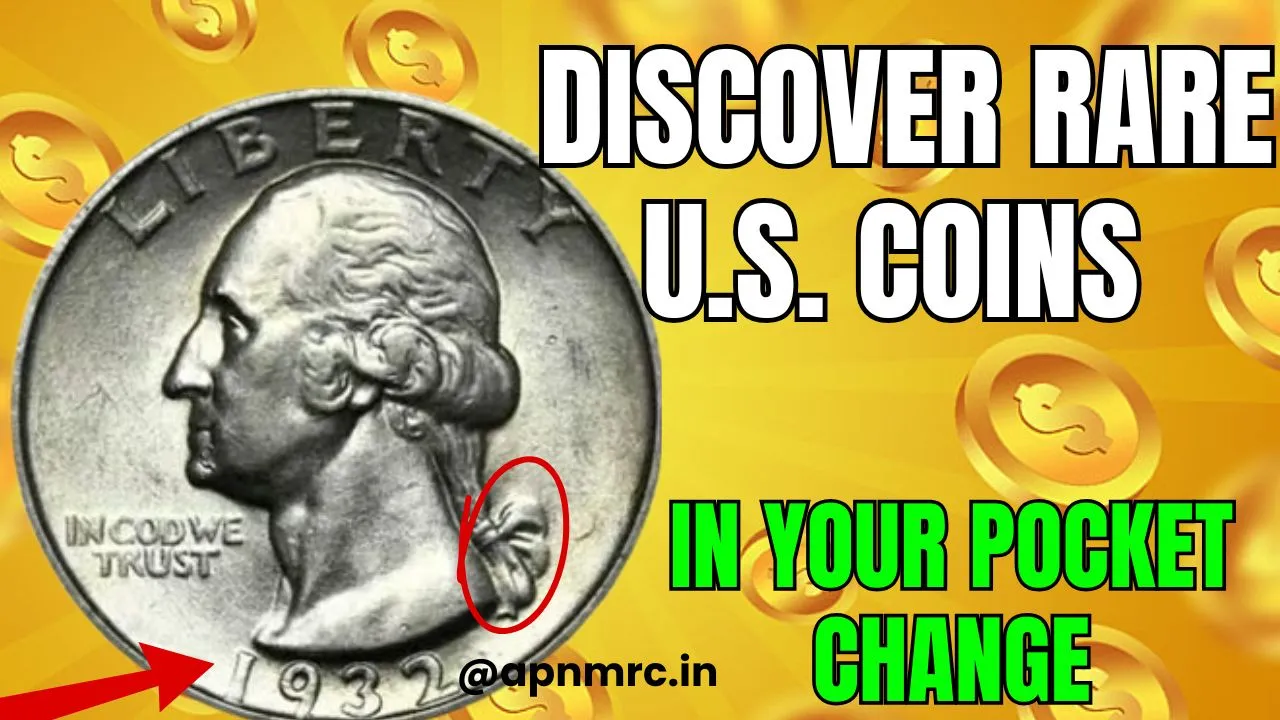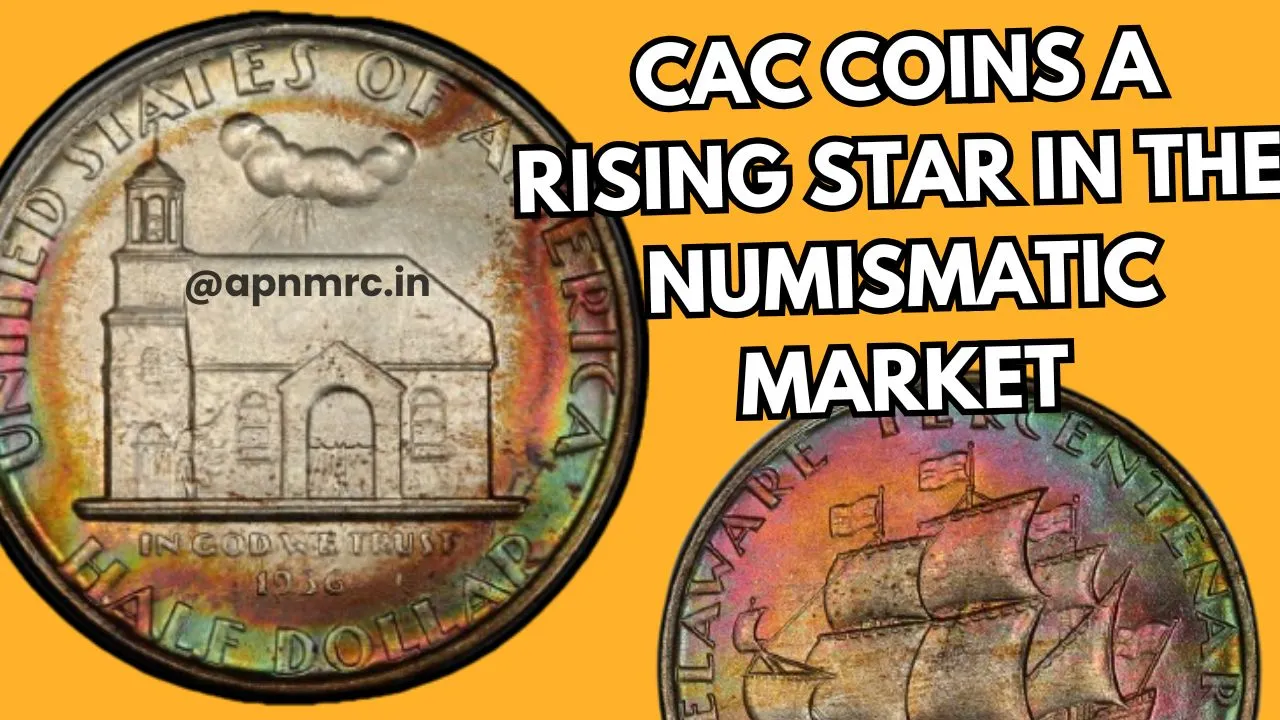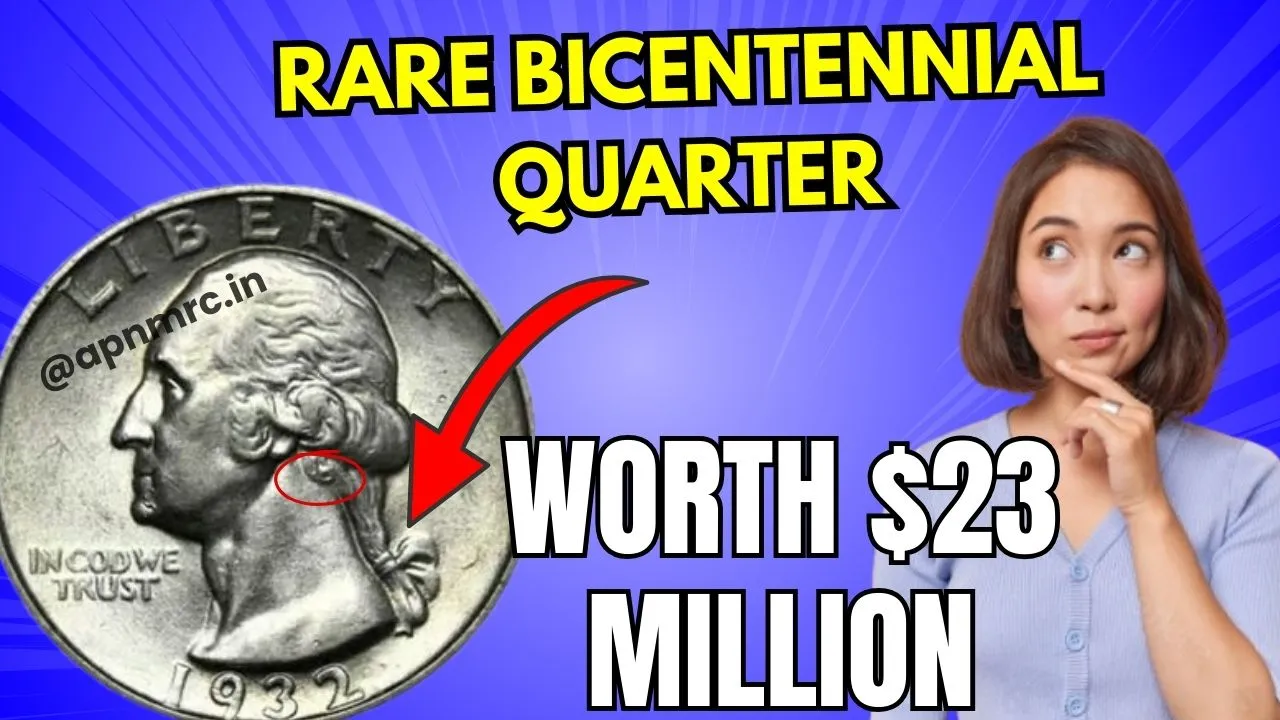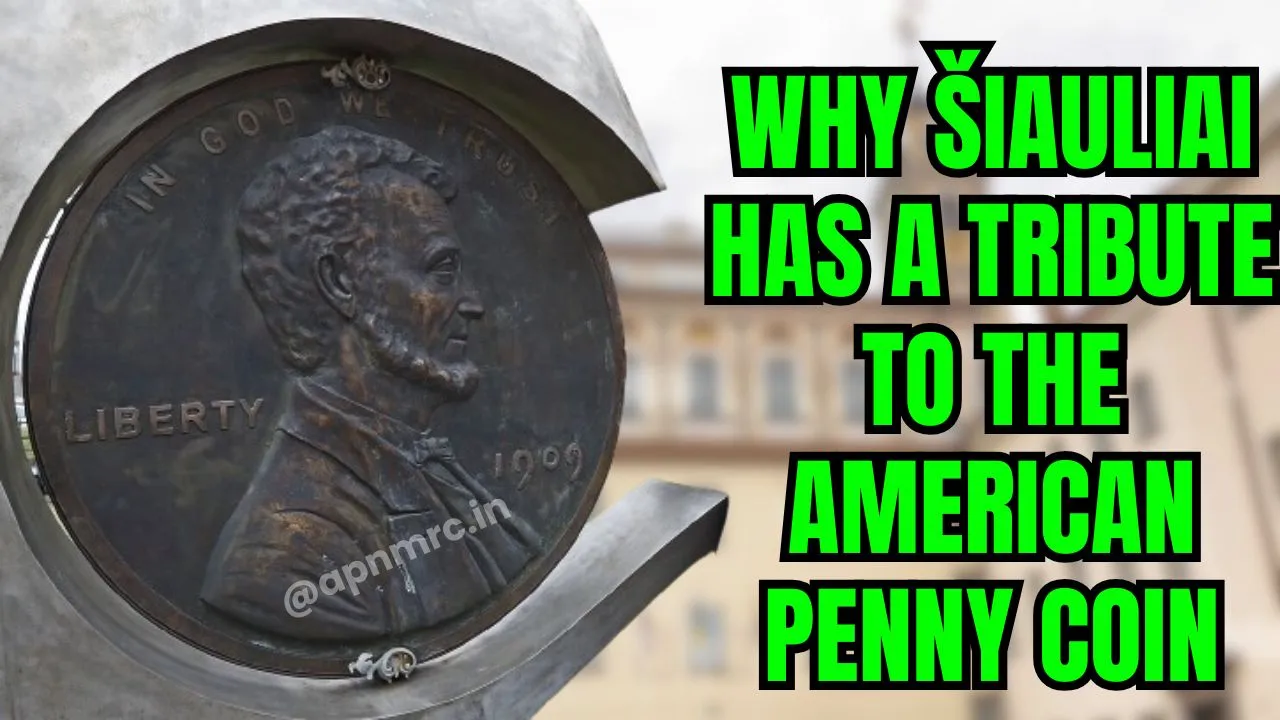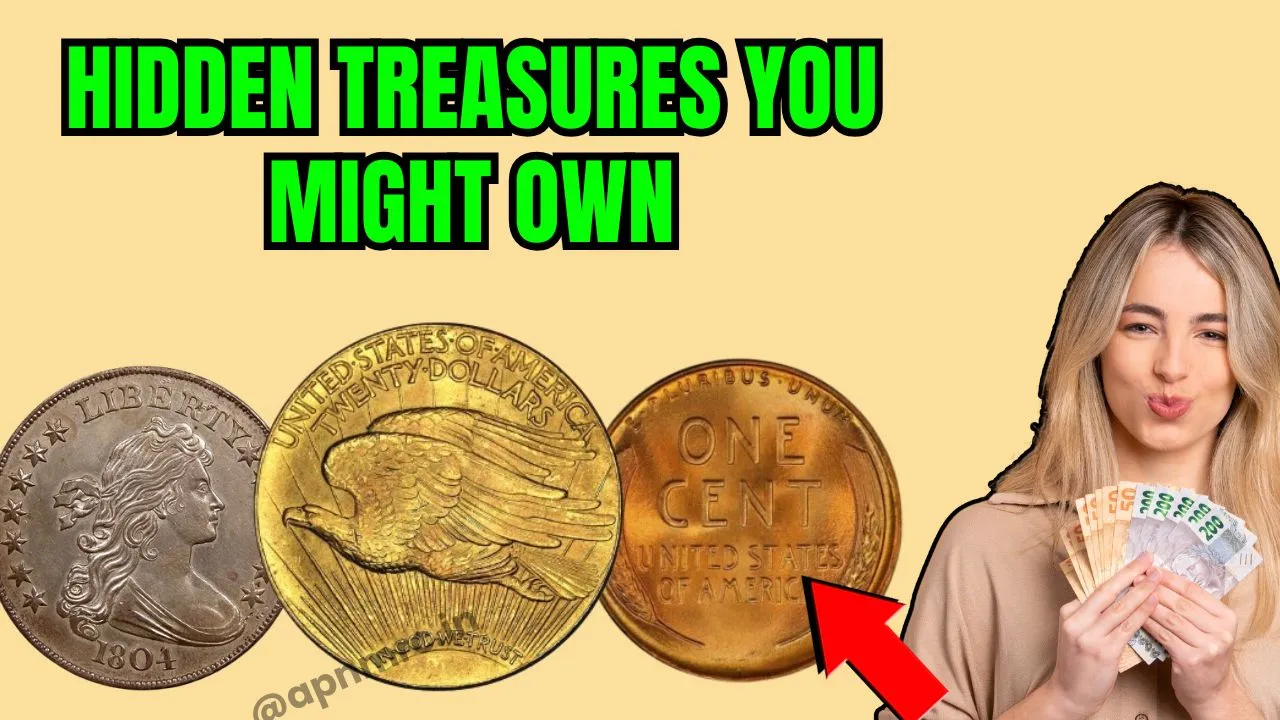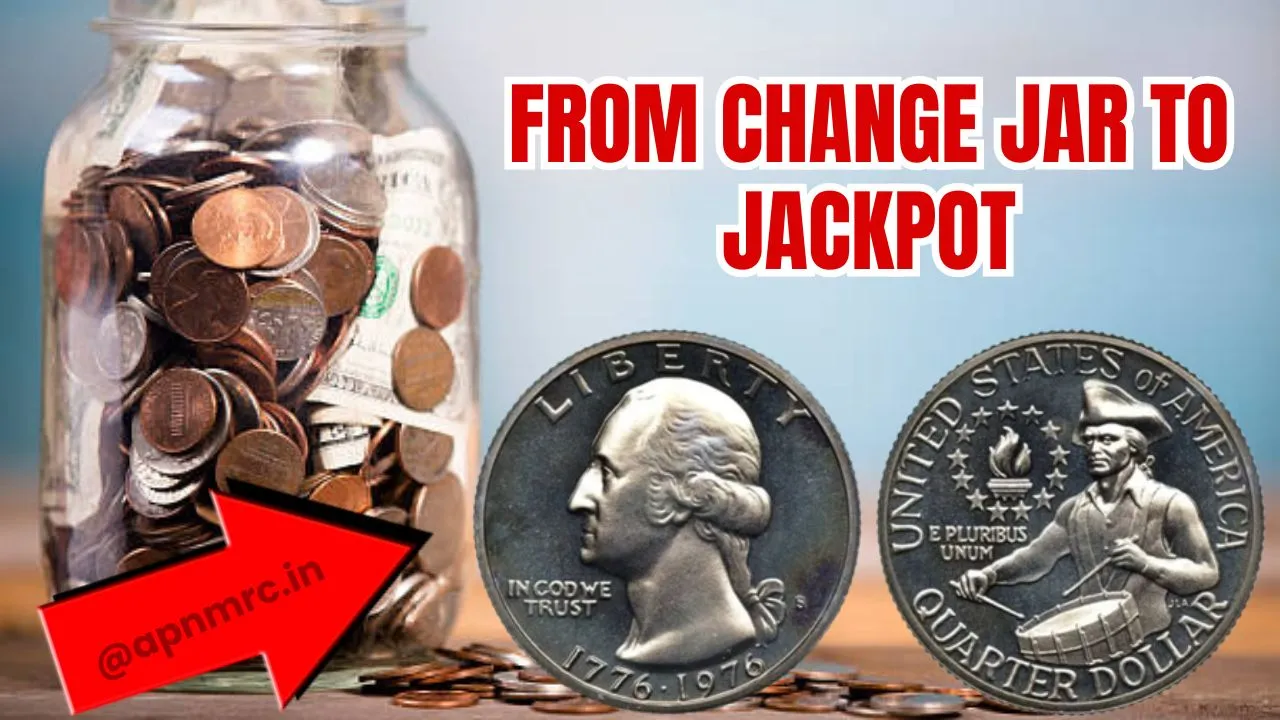Discover Rare U.S. Coins in Your Pocket Change: Imagine pulling a coin from your pocket change that’s worth far more than its face value. This isn’t just a stroke of luck—it’s the result of knowing what to look for. Rare U.S. coins hold both historical and monetary value, offering a glimpse into the artistry and stories of the past. With a keen eye and a little know-how, you might uncover hidden treasures in your everyday change.
In this article, we’ll explore practical tips for identifying rare coins, with insights from Ed Moy, the 38th Director of the United States Mint. From minting errors to historical significance, we’ll help you understand the nuances of coin collecting. Whether you’re new to the hobby or a seasoned numismatist, these tips can guide your search.
Rare Coins in Pocket Change: What to Know
| Criteria to Look For | Examples | Why It Matters |
| Minting Errors | Double dies, off-center strikes | Unique mistakes increase desirability. |
| Older Coins | Pre-1965 quarters, silver dollars | Silver content boosts intrinsic value. |
| Coins with Historical Relevance | 1943 steel penny | Significant periods enhance collectibility. |
| Unusual Mint Marks | “S,” “D,” or no marks on certain coins | Specific mints create rarities. |
| Excellent Condition | Uncirculated coins | Better-preserved coins fetch higher prices. |
Five Ways to Spot Rare U.S. Coins
1. Look for Minting Errors
Some of the most sought-after coins are those with minting errors. These mistakes, made during the production process, make coins unique. Common errors include:
- Double Dies: A design element, such as numbers or letters, appears twice due to a production mishap.
- Missing or Extra Details: These can range from incomplete designs to additional elements that shouldn’t be there.
Coins with such errors often command premium prices among collectors, so keep a sharp eye on your change.
2. Focus on Older Coins
Older coins, especially those minted before 1965, tend to hold greater value due to their silver content. Examples include:
- Pre-1965 Quarters and Half Dollars: Made of 90% silver, these coins are valuable both for collectors and investors.
- Morgan and Peace Silver Dollars: These iconic coins are renowned for their historical and material value.
Although rarer in circulation today, these coins still occasionally pop up in pocket change, particularly from older collections.
3. Identify Historical Significance
Coins tied to significant historical events or periods can be highly collectible. For instance:
- The 1943 Steel Penny was minted during World War II when copper was needed for the war effort.
- Commemorative coins that mark special events also hold a unique appeal due to their connection to history.
Such coins don’t just represent monetary value—they’re artifacts of their time.
4. Check the Mint Mark
The mint mark on a coin indicates where it was produced, and certain marks make coins more collectible. For example:
- Coins from smaller mints, like those marked “S” for San Francisco or “D” for Denver, often have lower production runs, increasing rarity.
- Philadelphia-minted coins often lack a mark but can still be valuable depending on the year and design.
Learning to recognize and interpret mint marks can help you identify which coins might be rare.
5. Assess the Coin’s Condition
The condition of a coin plays a major role in its value. Collectors prize coins with minimal signs of wear. Terms like “uncirculated” or “mint state” refer to coins that have been preserved in near-perfect condition. Even small scratches or discoloration can affect a coin’s worth, so handle potential finds carefully and store them properly.
Why Collecting Rare Coins is Rewarding
Coin collecting isn’t just about financial gain—it’s also a way to connect with history and artistry. Each coin tells a story, from its design to the circumstances surrounding its production. For Ed Moy, his passion began as a child in his family’s restaurant, where he sifted through the cash drawer in search of unique finds. Coins like the Buffalo nickel and Mercury dime inspired a lifelong fascination.
While finding rare coins is becoming more challenging, the joy of uncovering something unique in your pocket change remains timeless. This sense of discovery is what makes the hobby so rewarding.
Tips for Beginners
Here are five quick tips to improve your chances of finding rare coins:
- Inspect All Your Change: Regularly check coins from everyday transactions for anomalies or old dates.
- Educate Yourself: Learn the key designs, mint marks, and errors to watch for.
- Use Tools: A magnifying glass can help spot small details like mint marks or errors.
- Handle with Care: Avoid touching the surface of coins to prevent scratches or oils from damaging them.
- Research Values: Use trusted resources like the Red Book to determine a coin’s value.
Ed Moy’s Journey: From Hobbyist to Mint Director
Ed Moy’s love for coins began with simple curiosity, collecting pennies, nickels, and dimes from his family’s cash register. One discovery—a large Indian Head penny—sparked a deeper interest. That childhood fascination ultimately shaped his career, leading him to serve as Director of the United States Mint.
Moy’s story serves as a reminder that even a small hobby can lead to big opportunities. His journey from collector to a leader in numismatics shows the power of passion and perseverance.
FAQs About Rare U.S. Coins
1. What makes a coin rare?
Rarity is determined by factors like minting errors, limited production, age, and condition.
2. How do I know if my coin is valuable?
Look for features such as unusual mint marks, old dates, or unique errors. Comparing your coin to online databases or guides like the Red Book can help.
3. Can I find rare coins in modern change?
Yes, though less common, rare coins can still be found in circulation, especially from older coin jars or cash registers.
4. What is the best way to store rare coins?
Use protective sleeves or coin holders to preserve their condition. Avoid direct handling with bare hands.
5. Where can I sell valuable coins?
Auction sites, coin dealers, and numismatic organizations are good places to sell rare coins.
Conclusion
Spotting rare U.S. coins in your pocket change is a thrilling blend of history, artistry, and value. By following these tips and learning from experts like Ed Moy, you can uncover treasures hiding in plain sight. Start by examining your spare change and educating yourself on key features to look for.
Have you discovered a rare coin in your collection? Share your story in the comments below! Explore more resources on numismatics to dive deeper into this fascinating hobby.
